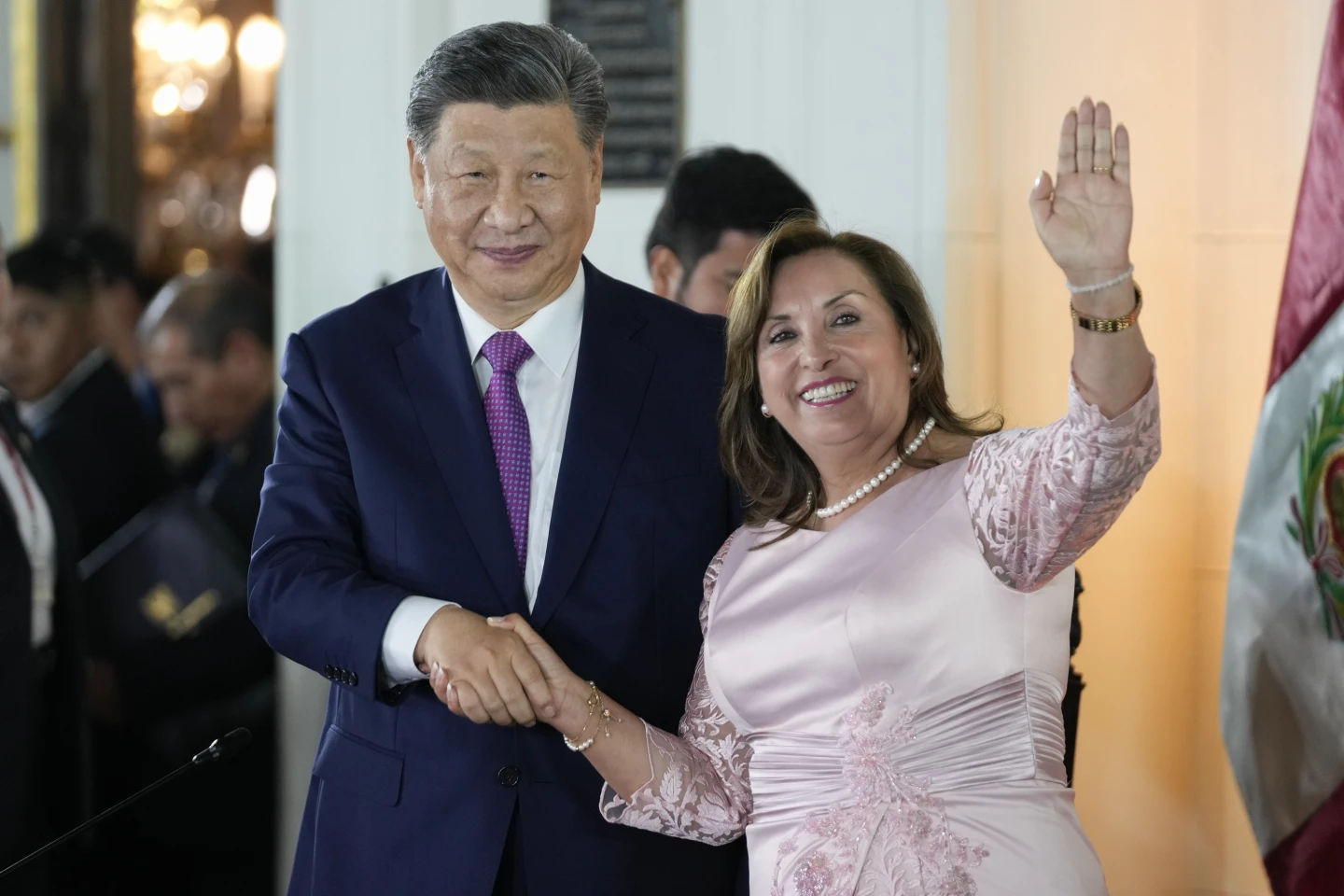China is facing a deepening demographic crisis as the number of new marriages recorded this year is on track to hit an all-time low, CNN reports, citing official data by the Ministry of Civil Affairs.
The news comes as the country grapples with a shrinking workforce and an aging population, posing a significant challenge to its economic growth.
In the first three quarters of 2024, only 4.74 million Chinese couples registered their marriages, representing a steep 16.6% decline compared to the same period last year. This continues a trend that began after a peak of over 13 million new marriages in 2013, and experts predict that 2024 will see marriages fall below the record low of 6.83 million set in 2022.
The decline in marriage rates follows a similar trend in birth rates, with China’s population shrinking for two consecutive years and its birth rate in 2023 reaching its lowest point since the founding of the People’s Republic in 1949. India surpassed China as the world’s most populous nation in 2022.
Chinese officials are concerned about the direct correlation between fewer marriages and declining birth rates, as social norms and government regulations make it difficult for unmarried couples to have children. To address the crisis, Beijing has implemented a range of policies aimed at encouraging young people to marry and have children. These include financial incentives, propaganda campaigns, blind dating events, mass weddings, and efforts to reduce the traditional “bride price” payments demanded by the bride’s family, which often put marriage out of reach for many poor men in rural areas.
Since 2022, China’s Family Planning Association has launched pilot programs designed to create a “new-era marriage and childbearing culture.” These programs, adopted by dozens of cities, aim to promote the “social value of childbearing” and encourage young people to marry and have children at an “appropriate age.”
Despite these efforts, young adults remain hesitant. Faced with high unemployment, a rising cost of living, and a lack of robust social welfare support amid an economic slowdown, many are postponing marriage and childbirth, while an increasing number are choosing to forgo them altogether.
Experts attribute the decline in both marriages and births to decades of policies designed to limit China’s population growth. While the one-child policy was abolished in 2015, allowing couples to have two children, and subsequently increased to three in 2021, marriage and birth rates have continued to drop.
The stubborn downward trend is also fueled by changing attitudes towards marriage, particularly among young women who are increasingly educated and financially independent. Faced with widespread workplace discrimination and patriarchal traditions, such as the expectation for women to bear primary responsibility for childcare and housework, some women are becoming disillusioned with marriage.
Since 2021, China has mandated a 30-day “cooling-off” period for couples filing for divorce, despite criticism that it could make it harder for women to leave abusive marriages. Although the number of divorces has decreased slightly in the first nine months of this year, with 1.96 million couples registering for divorce, the trend underscores the challenges facing China in reversing its demographic decline.
China is not alone in facing declining marriage and birth rates. In recent years, Japan and South Korea have also introduced measures to encourage births, such as financial incentives, cash vouchers, housing subsidies, and increased childcare support, with limited success.









